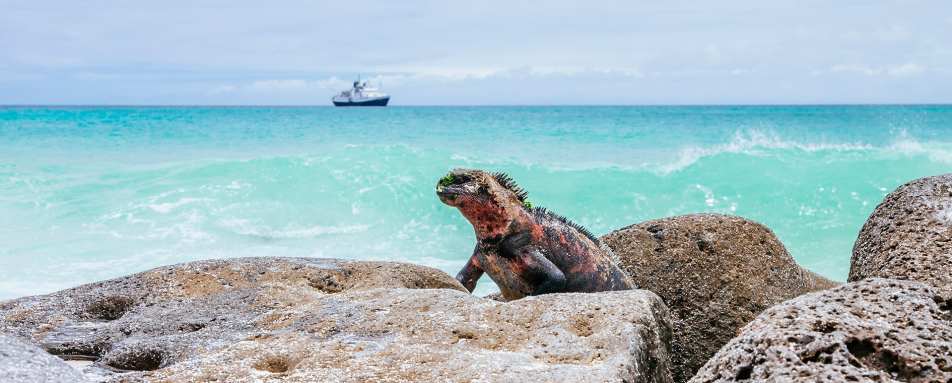The Galapagos
The Galapagos Islands, a UNESCO World Heritage site, boast unparalleled biodiversity, with a huge array of endemic species, from the iconic Galapagos giant tortoises to marine iguanas and blue-footed boobies. It’s a year-round destination so you can go anytime and see incredible things, however, its peak seasons coincide with school holidays, making July/August and December/January the most popular times to visit.
While the Galapagos Islands’ seasons are split into rainy and dry, they don’t see huge amounts of rainfall even during the wetter months, and each season offers something unique. From January to May, the sea is warmer and calmer, which means it's the best time to visit Ecuador and the Galapagos if you get seasick and if you want to snorkel. Visibility can be affected by the rain, but it comes in short spells. June to November is the dry, cooler season, but temperatures don’t usually drop below 20℃.
If you want to see certain animals, you might be dictated by their seasonal habits. For example, the waved albatross relies on the wind to fly and so are only found on Española between April and December, before they fly away again. Many birds will nest their eggs between February and April, making the months on either side a good time to see mating calls (between June and August for the blue-footed booby) or new babies. Sea lions, marine iguanas and penguins tend to gather in groups for their mating and breeding season between June and December. You’ll see giant tortoises all year round, but their eggs begin to hatch in December and babies can be seen emerging until April. To find out the best time of year to visit the Galapagos for you, speak to our travel experts.










